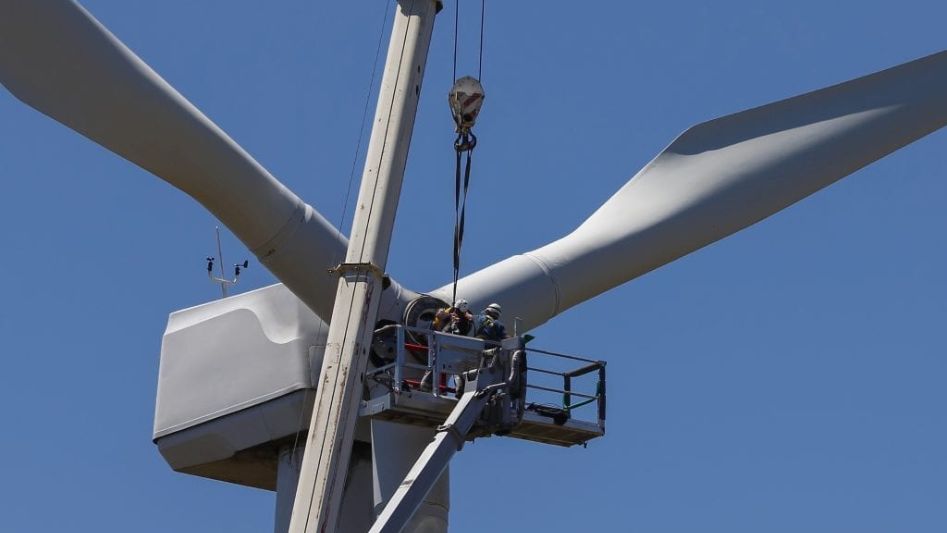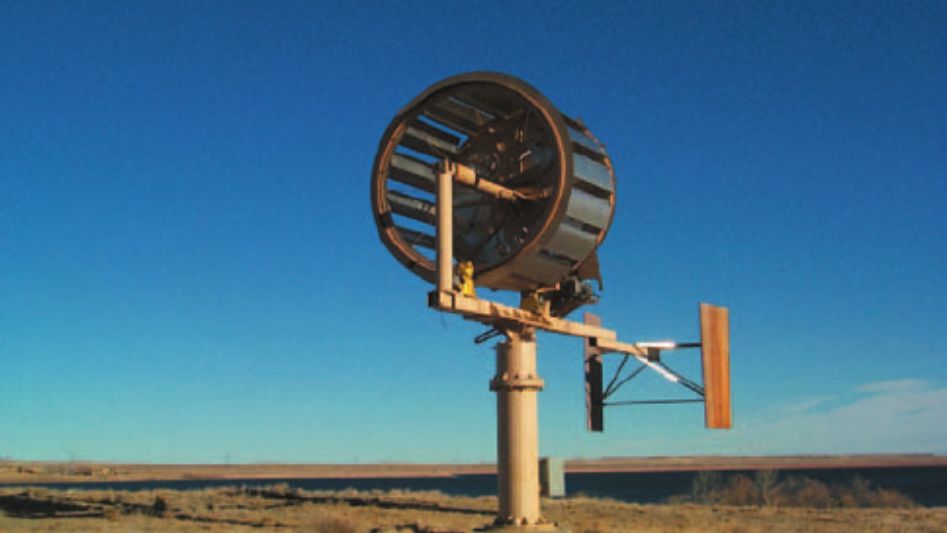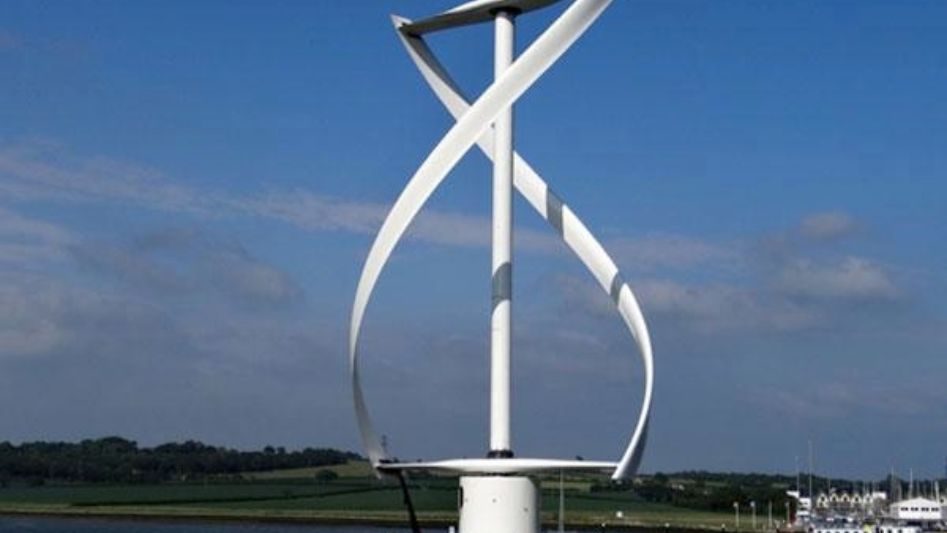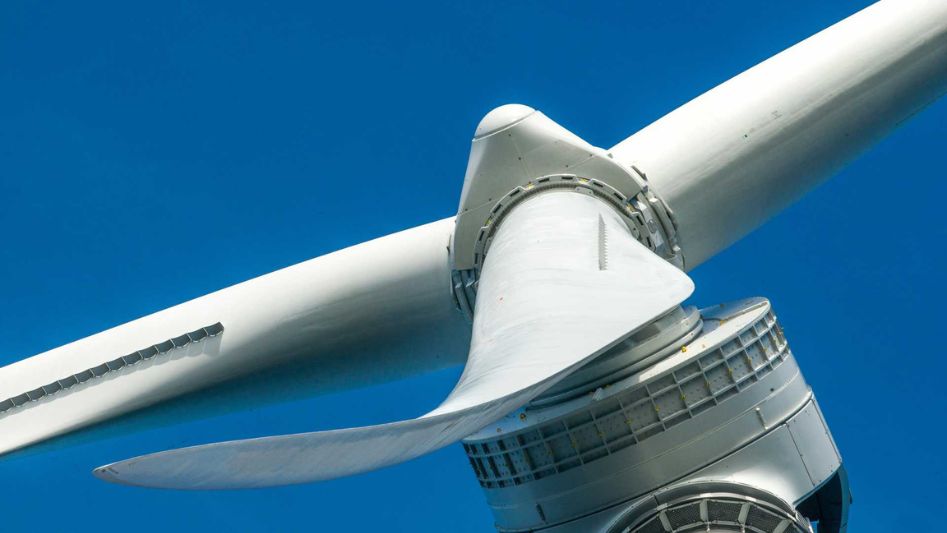Offshore wind farms generate clean, renewable energy and provide natural habitat for wildlife. Wind turbines are connected to the grid with long cables that carry power to homes and businesses.
Table Of Content
The Wind Energy Technology Office (WETO) collaborates with business partners to minimise the cost of wind energy while improving the performance and dependability of next-generation wind technologies. The average capacity factor (a measure of power plant output) has risen from 22% for wind turbines installed before 1998 to an average of roughly 35% now, up from 30% in 2000, thanks in part to the office’s research activities. From nearly 55 cents (in current dollars) per kilowatt-hour (kWh) in 1980 to an average of under 3 cents per kWh in the United States now, wind energy costs have decreased. The wind industry’s technology must advance going forward, building on previous achievements to further improve reliability, boost capacity factors, and lower costs. The purpose of WETO’s utility-scale wind technology research efforts are described here, along with some of its most recent initiatives.
We invite you to read: “The Best Floating Multi-Turbine Technology for Wind Farms”

On the Energy Innovation Portal of the DOE’s Office of Energy Efficiency and Renewable Energy, one can find wind energy technology that are offered for licencing from participating research institutions and U.S. Department of Energy laboratories. By accessing the WETO Projects Map and choosing the Program Area: Next-Generation Technology Development and Manufacturing, you may view all of the WETO’s research and development projects related to next-generation technologies.
PROTOTYPE DEVELOPMENT
The National Renewable Energy Laboratory provided the video.
Modern wind turbines have grown in size to multi-megawatt power ratings and are getting more and more reliable and cost-effective. The average turbine producing capacity has risen since 1999, with installed turbines in 2016 having an average capacity of 2.15 MW. Through the creation of longer, lighter rotor blades, taller towers, more dependable drivetrains, and performance-enhancing control systems, WETO research has aided in this transformation.
The office has collaborated with industry over the past two decades to develop a number of prototype technologies, many of which have since become marketable goods. The 1.5 megawatt (MW) wind turbine from GE Wind Energy is one illustration. The programme has been working with GE and its predecessors since the early 1990s to test parts like blades, generators, and control systems on generations of turbine designs that resulted in GE’s 1.5-MW model, which has made up roughly half of the country’s installed commercial wind energy fleet and is a significant competitor in global markets.
COMPONENT DEVELOPMENT
WETO collaborated with business partners to enhance the functionality and dependability of system components. In National City, California, researchers from Sandia National Laboratories and Knight & Carver’s Wind Blade Division collaborated to create a novel wind turbine blade that has increased energy absorption by 12%. The Sweep Twist Adaptive Rotor (STAR) blade’s greatest distinguishing feature is a gently curved tip that, in contrast to the vast majority of other blades currently in use, was specifically created to maximise the benefits of all wind speeds, even slower speeds.
More recently, the programme has collaborated with a number of businesses to create and test cutting-edge powertrain concepts in order to enable the development of more dependable gearboxes. The largest and most sophisticated wind energy testing facility in the world was opened at Clemson University with the help of $47 million in DOE funding. This facility will hasten the adoption of next-generation energy technology, lower manufacturing costs, and increase American companies’ competitiveness abroad.
To meet our country’s renewable energy targets, innovation in the design and manufacture of wind power generation components is still essential.
Featured Project: To achieve our national objectives, innovation in the design and manufacture of wind power production components is still essential. Due to this difficulty, the Wind Energy Technologies Office and Advanced Manufacturing Office of the U.S. Department of Energy are collaborating with both public and private entities to use additive manufacturing, also known as 3D printing, to create moulds for wind turbine blades. The typical approach to blade design entails building a plug, or a scale model of the finished blade, which is then used to create the mould. The plug is one of the labor- and time-intensive steps in the manufacture of a wind blade, therefore 3D printing helps conserve these precious resources.
We invite you to read: “Discover The World Largest Wind Farm”
UTILITY-SCALE RESEARCH TURBINES
The National Wind Technology Center (NWTC) of the National Renewable Energy Laboratory has contributed to the invention of wind turbine systems, components, and modelling techniques that have accelerated the industry. Multiple test locations, numerous dynamometers, on-site manufacturing resources, and structural validation capabilities are all provided by the facility. The Atmosphere to Electrons (A2e) effort of the DOE, which seeks to significantly lower the cost of wind energy through a better understanding of the intricate physics driving wind flow into and across wind farms, is complemented by research being conducted at the NWTC. At the NWTC, cutting-edge wind energy research includes:
By examining plant performance under a wide range of meteorological circumstances, computational fluid dynamics was used to produce the Simulator for Wind Farm Applications and other modelling and control tools that aid wind farm operators in minimising the effects of turbine wake effects. According to studies, coordinating turbine controls to reduce wake effects might enhance the output of a wind power plant’s entire fleet by 4% to 5%.
Utilizing the controlled grid interface test system allows system engineers to better understand how wind turbines, photovoltaic inverters, and energy storage systems respond to disturbances on the electric power system while cutting down on testing times and costs for wind turbine certification.
examining offshore wind energy in the US to shed light on the demands, prospects, and expected effects in this developing renewable energy sector.
International Collaboration
The office supports international efforts in wind energy research by taking part in 12 areas of wind energy research as a member of the International Energy Agency (IEA) Wind Energy Executive Committee. The office’s involvement in these worldwide research projects gives American researchers the chance to work with foreign wind energy experts, exchange current technological and market information, and gather useful input for the U.S. sector.
We invite you to read: “DIY: Wind Energy Set Up and Maintenance”
Conclusion
The most popular and recognisable type of wind power technology is the wind turbine. You may see the occasional wind turbine while travelling throughout the UK, or you may come upon a wind farm, which is quite a stunning sight! Most likely, the ones you can see are horizontal-axis wind turbines (HAWTs). These are three-bladed and have an aeroplane propeller-like appearance on a tower. The vertical-axis wind turbine (VAWT) is distinctive and has motorised whisk-like propellers. Both produce power in the same way, despite the variations in the blades.
FAQs
What is the potential of wind power?
This indicates that there will always be wind power available and that it can be used to transmit energy across the grid for as long as the sun shines (about another 5 billion years).
What cutting-edge technologies will improve wind energy?
Wind deflecting turbines are one of the latest energy technologies created to increase the efficiency of wind energy. redirects wind that would otherwise hit the turbine tower to the blades, capturing energy that would have been lost.
Can nuclear be replaced by wind?
Therefore, to address the general query, yes, wind power can replace nuclear. Without a doubt, no. No technology is faultless, and every action we take has an influence. Nuclear power has the capacity to provide all of humanity’s electrical needs for millennia.
You May Also Like
- The Biggest Wind Projects Running Now
- Wind Power In Africa – Can Wind Help The Development Of The Region?
- 6 Steps for DIY Solar Panels: Installation Guide
- Wind Turbines & Insect Wings: Can We Achieve Higher Efficiency?
- Onshore Versus Offshore Wind Energy: Pros & Cons



